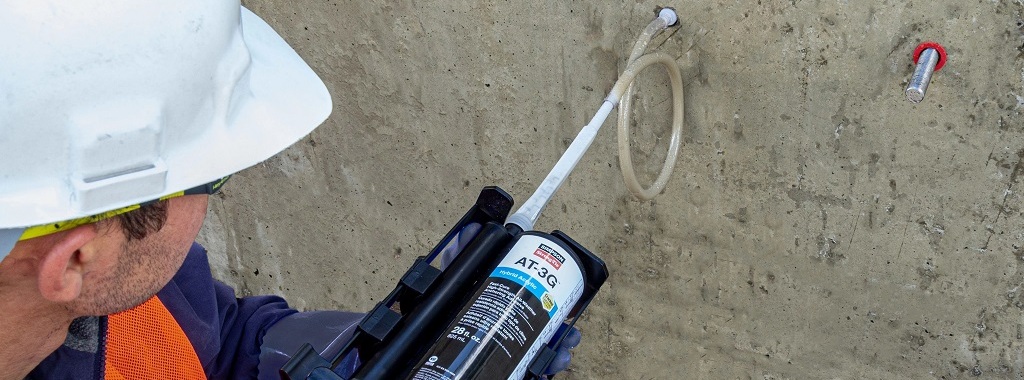Today’s blog post is the first in a series called “Anchor Anatomy 101.” Each post is designed to clarify anchor components, installation processes, and common applications to help you make informed anchor selection decisions based on your project’s unique requirements.
Author: Derek Gilbert
Derek has over 25 years of experience providing both structural engineering and technology consulting solutions. His experience includes structural analysis, design, and construction administration for commercial, residential, industrial, and educational projects. His technology experience consists of implementing, training, and customizing Autodesk Revit, Bluebeam Revu, and other related software applications for AEC firms throughout the United States and Canada. He has presented at Autodesk University, NASCC: The Steel Conference, and Structures Congress. He is a registered professional engineer in New Hampshire, Maine, Massachusetts, and Vermont. Derek graduated summa cum laude from Northeastern University in Boston, Massachusetts with a Bachelor of Science degree in Civil Engineering, Structural focus. As a field engineer at Simpson Strong-Tie, Derek is a technical resource for engineers, fabricators, and contractors. His focus is on concrete and masonry post-installed anchor systems, field testing, cold-formed steel, structural steel, and mass timber construction types. His territory includes the six New England states, the greater Albany, NY area, and NYC. Outside of work, you can find Derek on the water kayak bass fishing, hiking, or snowboarding with his family.
Introducing AT-3G™: Your high-strength cold-weather, fast-cure anchoring adhesive
In general, post–installed adhesive anchor design per ACI 318 Chapter 17 is relatively straightforward. In practice, however, post–installed anchorage can often become challenging because of fast–track project schedules, supply issues, ever-changing weather conditions, design conflicts/changes, or unexpected field conditions.




